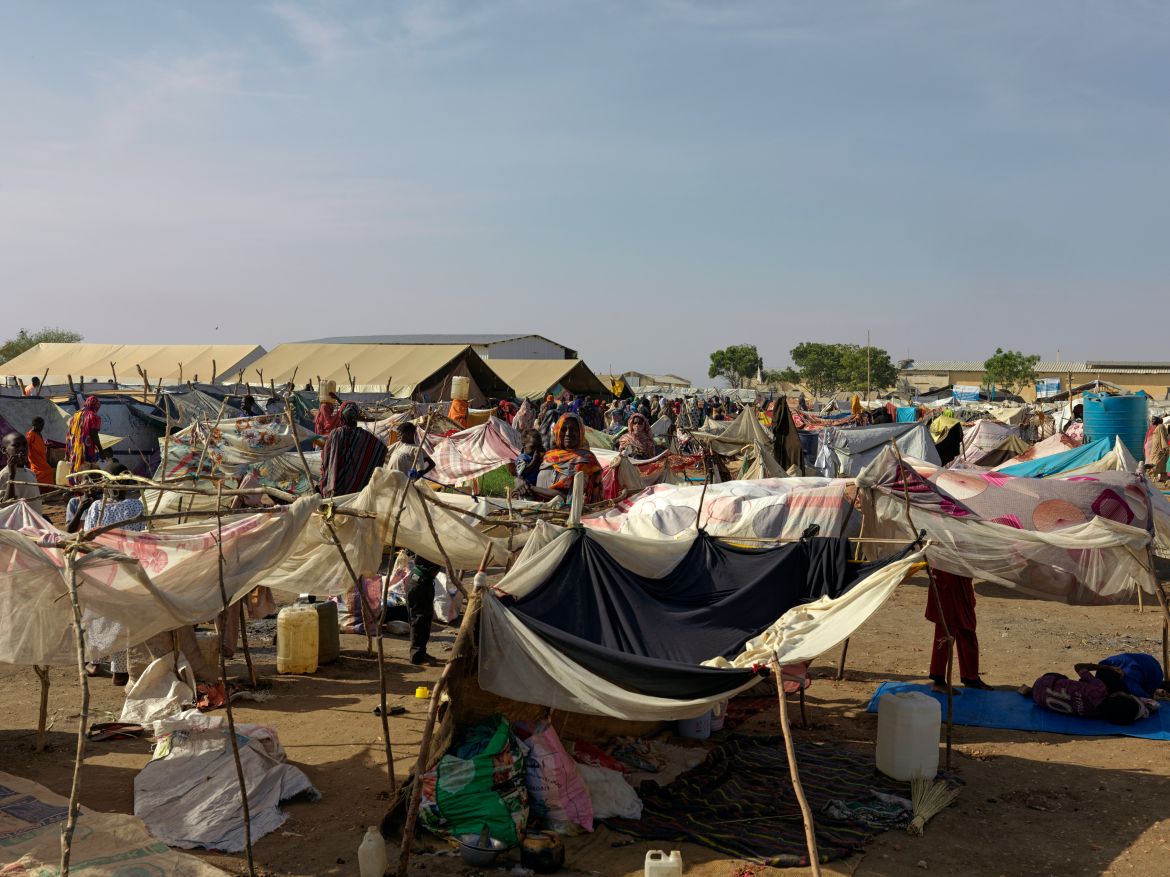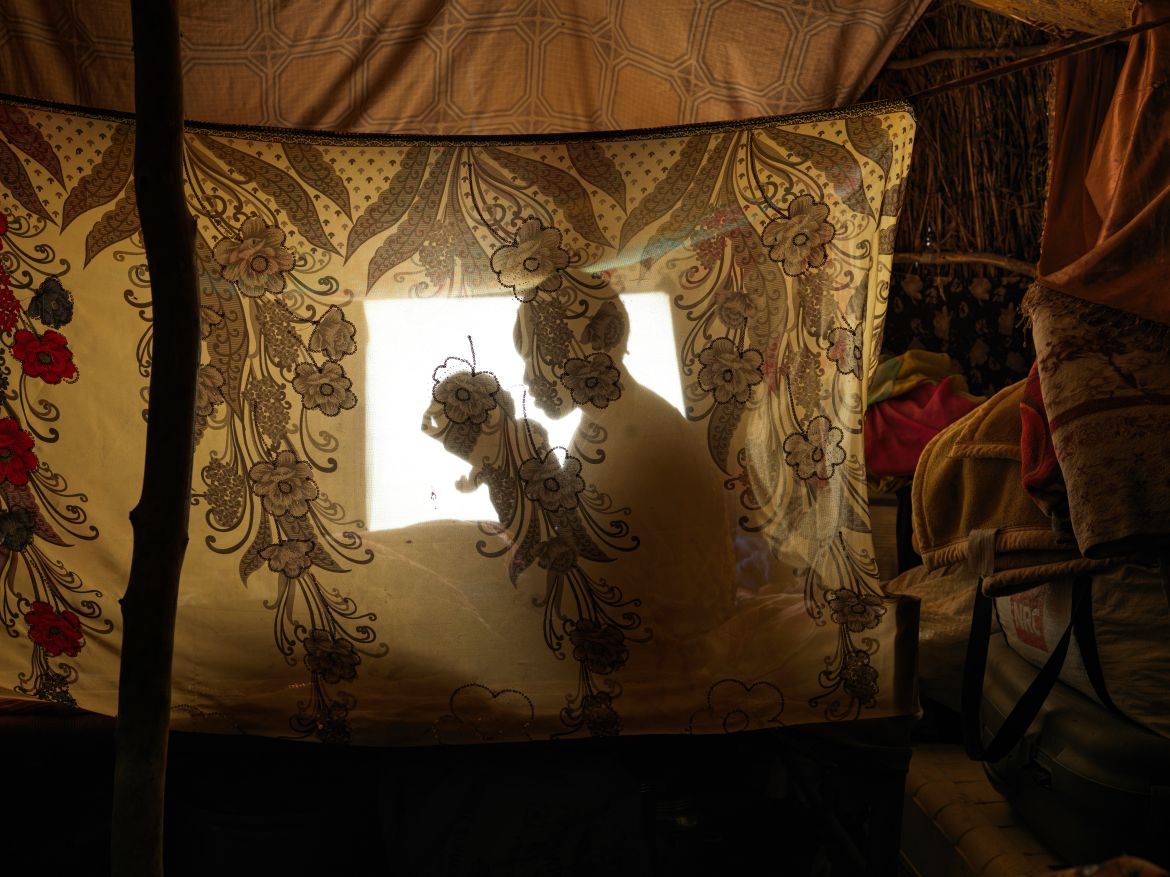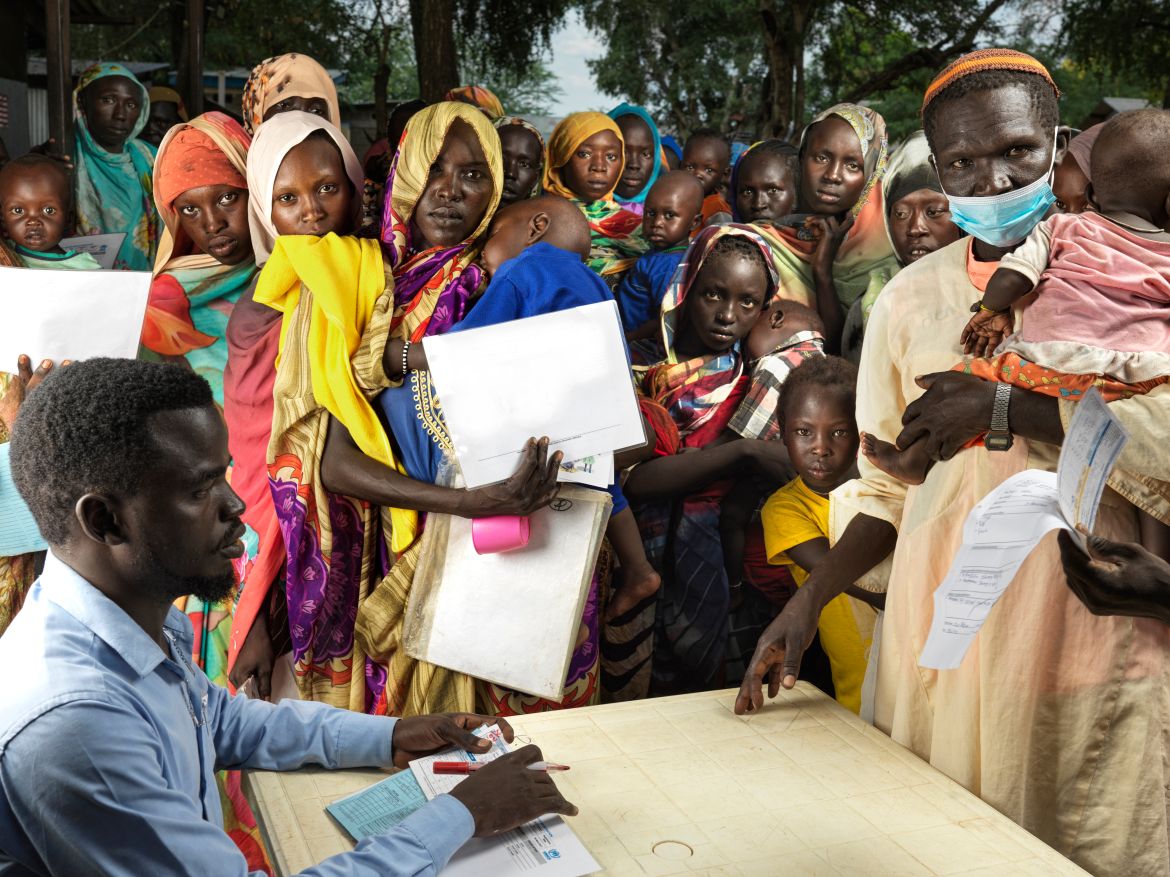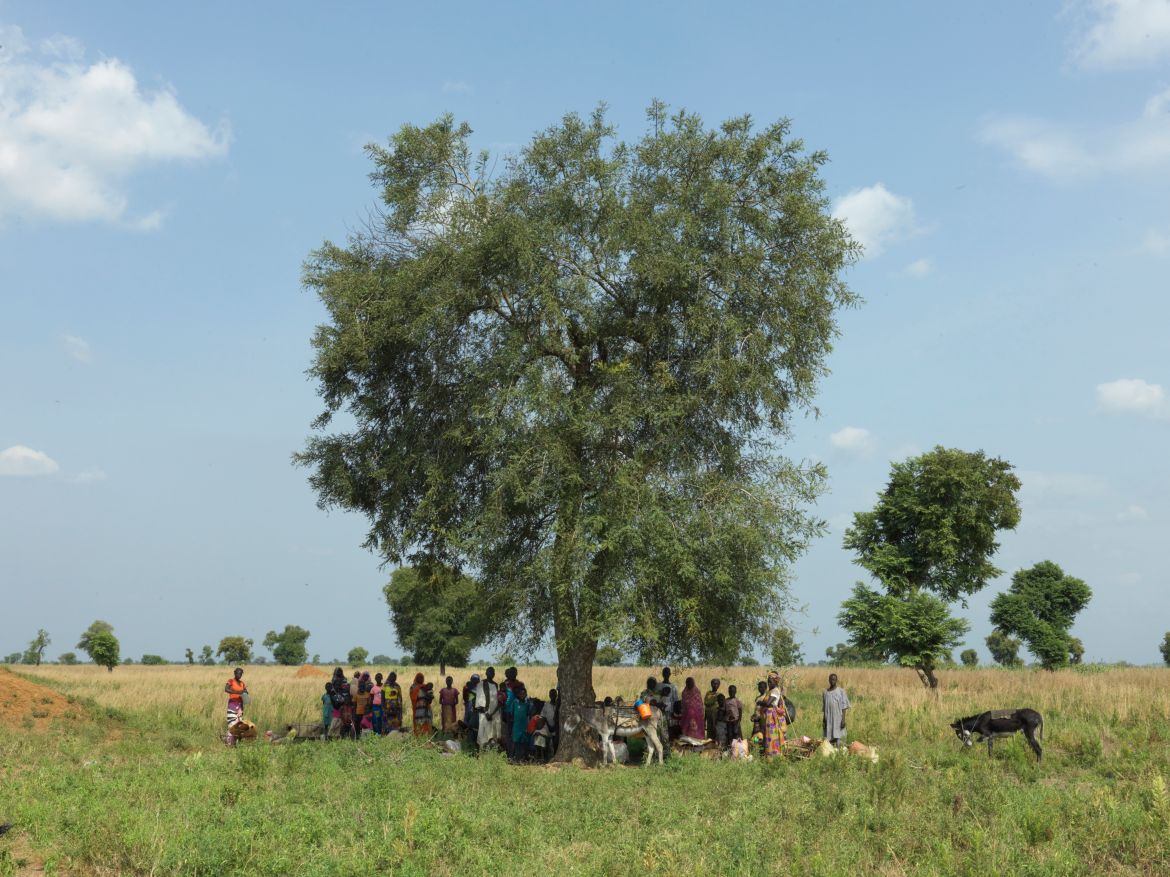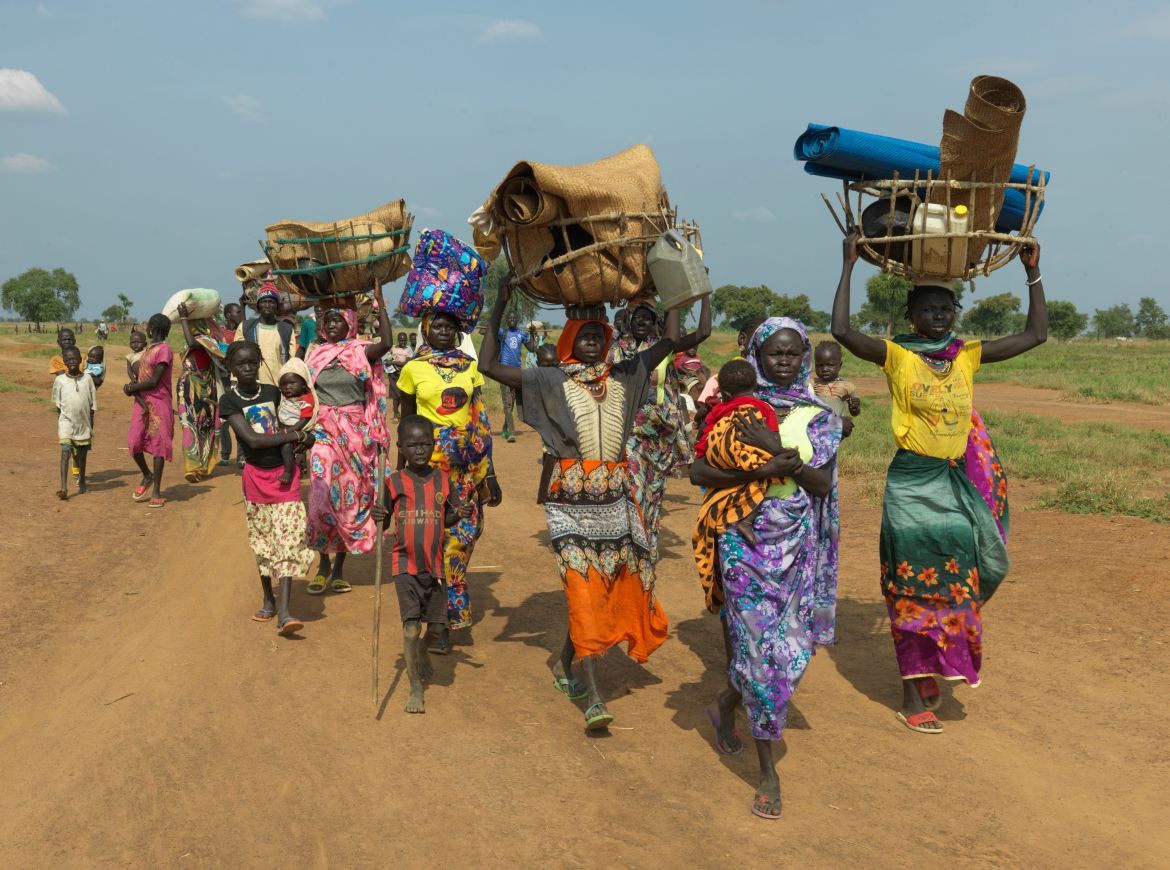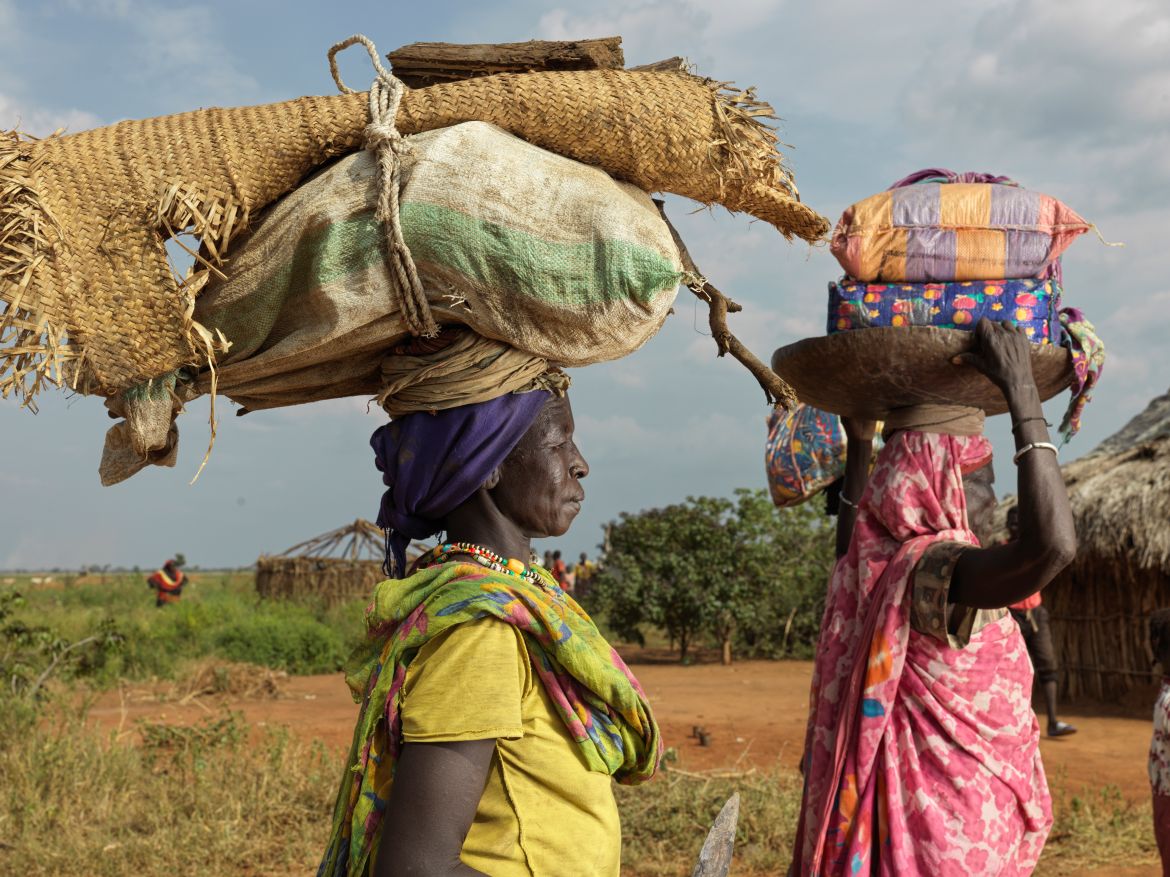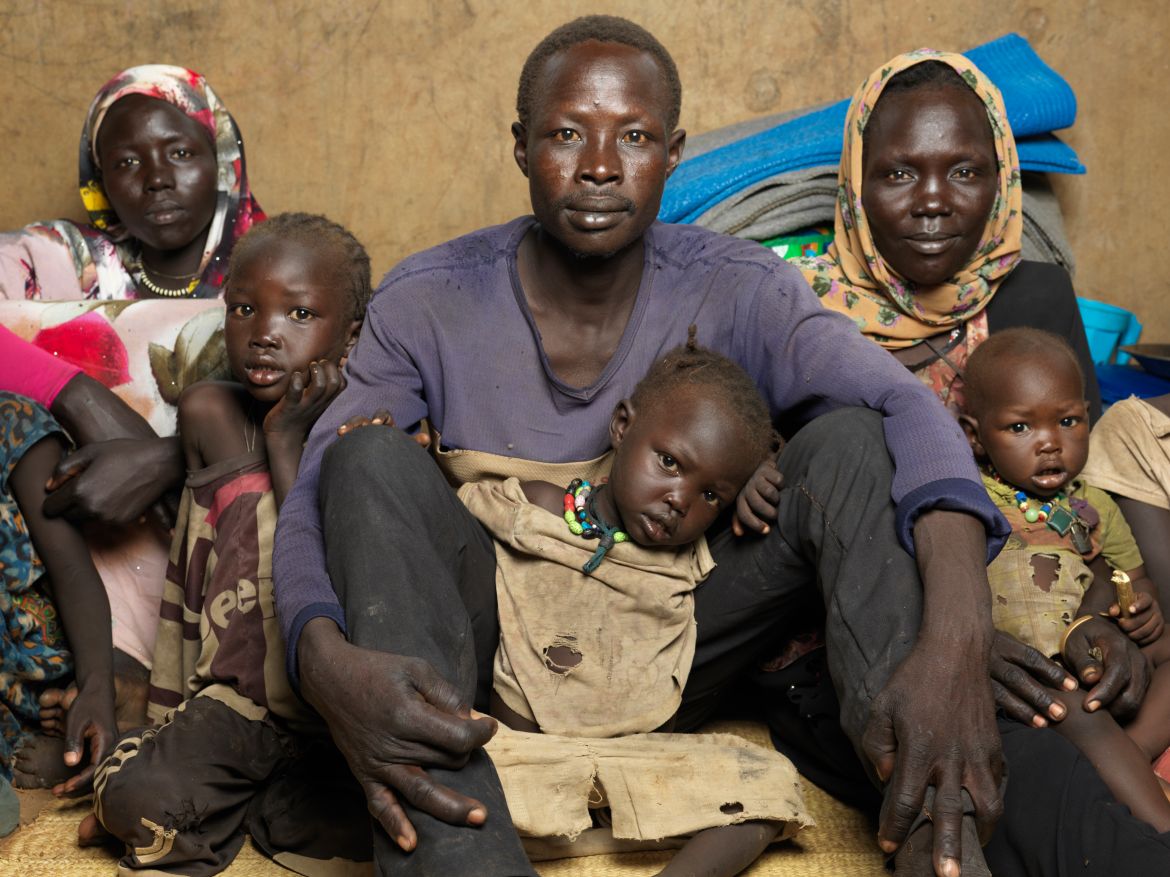In Pictures
Photos: Inside South Sudan’s worsening refugee crisis, in Renk and Maban
Aid organisations say more shelters, medicine and basic supplies are desperately needed.
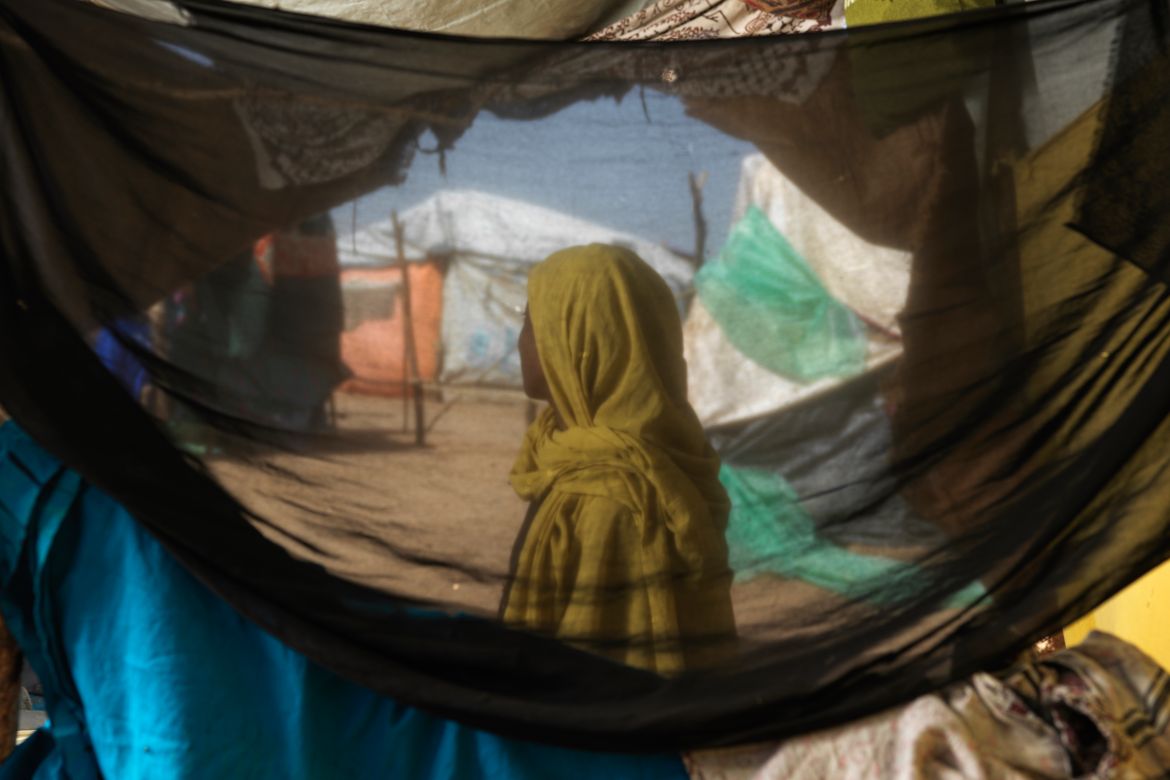
For the last 10 months, thousands of people have fled the civil war in Sudan to Renk, a town just over the border in South Sudan.
Since April 2023, at least 541,888 people have arrived. In December, United Nations agencies registered 71, 757 people, the highest number of new arrivals from any month last year.
About 18 percent of them are Sudanese and 81 percent are South Sudanese. The latter likely left South Sudan when the country experienced its own civil war between 2013 and 2020. They were forced to return due to the war in Sudan between the paramilitary Rapid Support Forces and the Sudanese army.
Conditions in Renk are bleak. Due to the high number of arrivals each day, refugee camps and gatherings are severely overcrowded. The transit centre was only preparing to host 4,000 people, but it now harbours more than 23,000.
Sanitation provision is woefully insufficient, with 200 people sharing one latrine. Cases of cholera, the measles and severe malnutrition are on the rise.
Aid agencies are struggling to meet the dire needs of families exhausted and traumatised after walking for days with little food and water. Even once they arrive at the transit centre, there is barely enough food and clean water available for them. More shelters, medicine and basic supplies are desperately needed.
Nyasebit, 13, left Khartoum when the fighting began. Her mother was killed in armed clashes, leaving her to guide her two younger brothers to Renk. “It took seven days to arrive in Renk from Khartoum. It was so painful and we faced a lot of challenges. The boys didn’t have shoes and we had to carry the younger one,” she told Al Jazeera.
Nyasebit and her siblings are among the few children who have been able to track down family in Renk. They are now residing in one of the eight shelters provided by Plan International, where they are being cared for by their aunt. The organisation says the number of unaccompanied children and adolescent girls arriving in Renk is worrying – particularly as these groups are at the highest risk of sexual exploitation and abuse.
Every day, more people arrive in Renk than those who leave. Many who do continue on are aiming to get to the capital Juba or to refugee camps in Maban, a 10-hour bus journey away. More than 20,000 people have arrived in Maban, with a surge in numbers in recent months.
That has raised concerns about the health services available to tend to the new arrivals. The sole provider is Relief International, which warns that the number of infections from malaria and measles is high. Although aid workers are supplying lifesaving vaccines and medicine to the population, more is urgently needed to cope with the increase in arrivals.
Dewi Osman’s family fled Sudan, while he stayed behind to gather crops to feed his wife and children. The journey he then took to meet them in South Sudan was so dangerous that he was unable to cook anything out of fear of being spotted by armed fighters who often shoot at anything that moves.
Eventually, he became so weak that he was forced to leave the crops by the roadside. He is being reunited with his children in Maban, where the family is receiving medical and nutrition support from Relief International.

